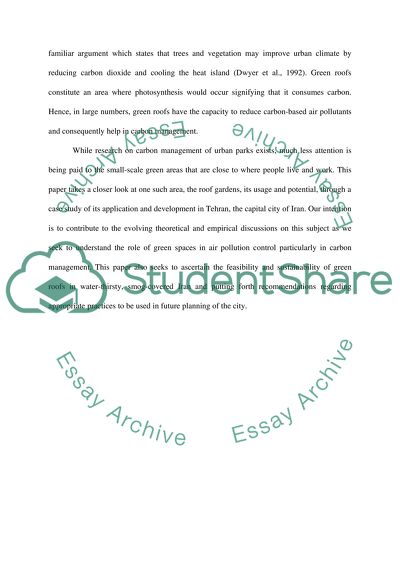Cite this document
(“Prposal:role of roof garden as part of a carbon management plan in a Research Paper”, n.d.)
Retrieved de https://studentshare.org/miscellaneous/1566704-prposalrole-of-roof-garden-as-part-of-a-carbon-management-plan-in-a-polluted-city-the-case-of-tehran
Retrieved de https://studentshare.org/miscellaneous/1566704-prposalrole-of-roof-garden-as-part-of-a-carbon-management-plan-in-a-polluted-city-the-case-of-tehran
(Prposal:Role of Roof Garden As Part of a Carbon Management Plan in a Research Paper)
https://studentshare.org/miscellaneous/1566704-prposalrole-of-roof-garden-as-part-of-a-carbon-management-plan-in-a-polluted-city-the-case-of-tehran.
https://studentshare.org/miscellaneous/1566704-prposalrole-of-roof-garden-as-part-of-a-carbon-management-plan-in-a-polluted-city-the-case-of-tehran.
“Prposal:Role of Roof Garden As Part of a Carbon Management Plan in a Research Paper”, n.d. https://studentshare.org/miscellaneous/1566704-prposalrole-of-roof-garden-as-part-of-a-carbon-management-plan-in-a-polluted-city-the-case-of-tehran.


